Low & no-alcohol remains a growing opportunity that major drinks companies can ill afford to ignore.
That much is clear from the latest supermarket data, which shows low & no beer growing 22% year on year, while the total beer category remains near-flat [Circana 12 we 14 June 2025]. Some 76% of UK adults are actively moderating their alcohol consumption and low & no products are one of the main ways they are choosing to do it.
This trend – which has been in motion for at least a decade – prompted an early flurry of M&A from major spirits companies keen to protect themselves against declining booze consumption. Diageo was an early advocate, backing Seedlip and Everleaf through its Distill Ventures incubator. Meanwhile, Pernod Ricard worked with the founders of Ceder’s to bring the non-alcoholic gin alternative to market in 2018, before taking a majority stake in the business in 2021.
Fast-forward to 2025, however, and the landscape looks very different. Multinational drinks companies have developed and launched 0.0% abv versions of their best-selling brands, backing them with major focus and investment. Meanwhile, brands like Seedlip, Ceder’s and Everleaf have seen off-trade sales slump as the major mults delist them in favour of more recognisable alcohol-free versions of household names.
So, why are standalone low & no brands no longer seen as a growth opportunity for drinks majors, and what does that mean for the future of challenger brands in the segment?
How drinks brands hedged their bets
When the low & no category was in its infancy, multinationals understandably wanted to ‘test the water’ with low-risk investments while waiting to see how sustained the moderation trend was likely to be.
By backing early-stage startups, Diageo and Pernod were able to hedge their bets by ensuring they had a stake in the nascent but growing low & no segment, while also protecting their reputation if the products didn’t meet consumers’ expectations. Seedlip was marketed as a non-alcoholic alternative to gin, but nobody bought it expecting it to taste like a Gordon’s or a Tanqueray.
Then – once they were confident they had the formula right – Diageo launched Gordon’s 0.0% in 2020, followed by Tanqueray 0.0% in 2021, and Captain Morgan Spiced Gold 0.0% in 2023. Pernod is now preparing to do the same with Beefeater 0.0%.
It was a similar story in beer – Budweiser Brewing Group initially dipped its toes with Budweiser Prohibition in 2017, while Asahi added Peroni Libera in 2018. Both were axed and replaced by Budweiser Zero and Peroni Nastro Azzurro 0.0% once alcohol-free brewing technology had sufficiently advanced, and low & no sales had shown little sign of slowing down.
What has happened to Seedlip?
These alcohol-free versions of well-known brands have been backed with large-scale marketing investment – Peroni 0.0%, for example, is the alcohol-free beer partner of the Scuderia Ferrari Formula 1 team, while Captain Morgan 0.0% and Gordon’s 0.0% have both appeared in TV advertising.
Predictably, therefore, they’ve come to dominate supermarkets’ low & no aisles and driven much of the growth of the category. Just 12 of the 75 low & no-alcohol products on sale in Sainsbury’s are made by dedicated alcohol-free drinks brands. Meanwhile, just one of the top 10 fastest-growing low & no products – Lucky Saint’s Hazy IPA – is from a brand that doesn’t also operate in booze [NIQ 52 we 17 May 2025].
By contrast, the dedicated low & no brands backed by major multinationals have been left on – or in some cases knocked off – the shelf. Seedlip was last seen in Sainsbury’s in May 2024, and Tesco in 2023 [Assosia]. It remains stocked by Waitrose and Ocado, but sales have declined by 37.6% to £758k in the last year [NIQ 52 we 19 April 2025].
Everleaf and Ceder’s – the latter of which appears destined for the Pernod Ricard scrapheap – have mustered less than £50k between them.
Why 0.0% variants are taking off
Diageo and Pernod Ricard remained tight-lipped when The Grocer asked about their plans for Seedlip and Ceder’s, but it makes sense they would want to shift focus towards 0.0% versions of their big-name brands.
While health and wellbeing are major drivers for moderation, consumers report not wanting to feel left out at social occasions as a reason for choosing alcohol-free beers and spirits over soft drinks. By offering consumers brands they know and trust, drinks companies like Diageo and Pernod can keep moderating drinkers in their portfolio.
As one senior drinks industry executive put it when quizzed last week: “It’s a much easier sell-in if they already know the brand and the product – you don’t need to explain it to them.”
Despite the dominance of 0.0% abv variants, there are still several challenger brands making headway in the alcohol-free segment. For example, Lucky Saint has added £2.3m and is now worth £8.9m [NIQ]. Meanwhile Botivo, which only made its grocery debut in January, had amassed £180k in sales by April.
In the case of Lucky Saint, success has been driven by the launch of new variants like Hazy IPA and Lemon Lager. Hazy IPA has added £1.4m by filling a gap in an alcohol-free beer segment currently dominated by lager. Similarly Botivo’s botanical non-alcoholic aperitif offers a point of difference in a low & no spirits category stacked with gin alternatives. Both brands have also made a point of emphasising the positive case for choosing alcohol-free in their marketing, rather than framing not drinking as a compromise.
If challengers are to survive in a competitive landscape increasingly dominated by major players, this looks like the blueprint for how to do it.


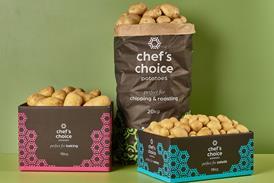
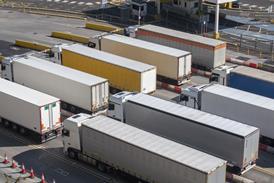
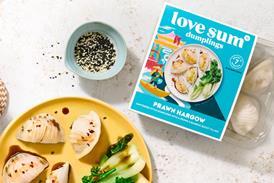

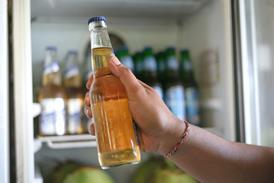
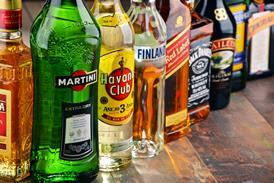


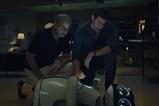

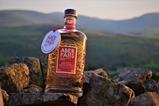
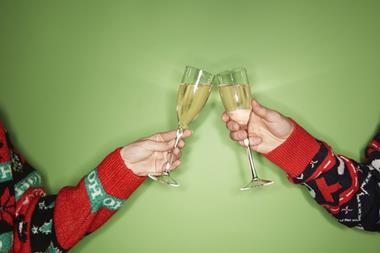
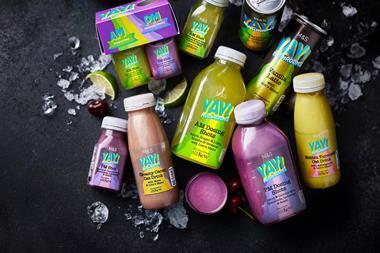




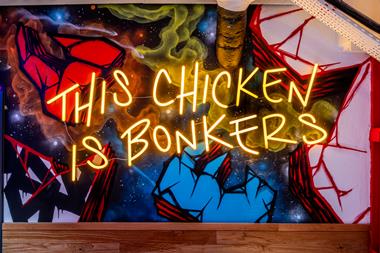
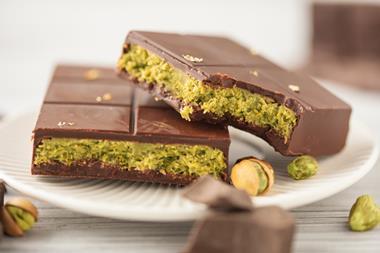
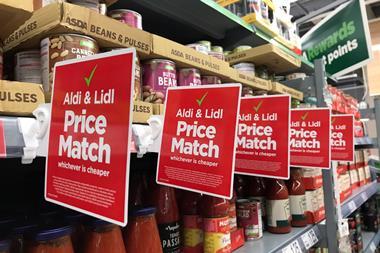
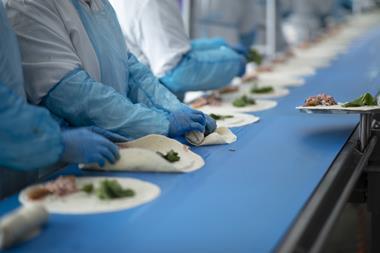


No comments yet